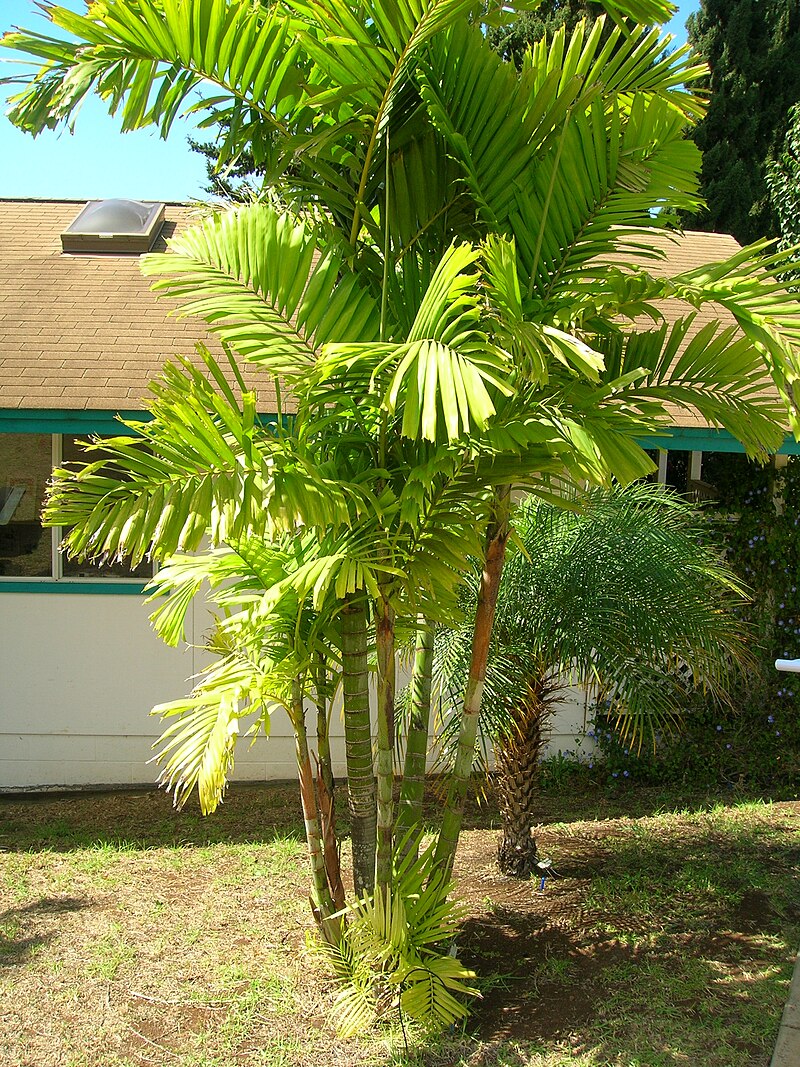Taking both this Urban Ecology module and Tropical Horticulture by Prof. Hugh Tan this semester, have caused me to reflect on urban vegetation in Singapore. What is the diversity of trees, and are all exotics bad for the ecosystem?
Since 1819, Singapore has lost almost all its natural vegetation, as a result of colonisation and rapid development. Today, only 0.28% of its area is covered by unspoiled primary lowland dipterocarp forest and freshwater swamps (Yee et al., 2011). And so, Singapore’s intensive greening efforts to transform into a ‘City in a Garden’ partly attempts to ameliorate this unfortunate loss of vegetation. The authorities have used a mix of native and exotic plants to achieve this goal. According to the book ‘Carbon Storage & Sequestration by Urban Trees In Singapore’, 39 species made up 80% of trees here in 2007 (Tan et al., 2009). The figure below shows data from Tan et al. (2009) on the 15 most common trees in urban areas of Singapore. Only four are native to Singapore (indicated by the asterisks).
Clearly, regardless of origin (native or exotic), the trees in our urban landscape should be diversified. As the saying goes, “don’t put all your eggs in one basket”. The most common species might be‘dependable’, but a disease can wipe out vast numbers of a single variety, just like what happened to Pterocarpus indicus (angsana tree) in the past (Tan, 2006).
But besides this issue, there’s also the concept of ‘righteous exotics’, a term coined by Richard Corlett. The term describes exotic organisms that also serve useful ecological functions for native flora and fauna. An example is Albizia saman, whose seeds provide food for the common palm civet, and whose trunks and branches make excellent habitat for ferns and lichen.
So what other plants can be considered ‘righteous exotic’? Here are my three suggestions for further debate (Details of plants obtained from the NParks Flora & Fauna Web).
- Ptychosperma macarthurii (MacArthur palm)
 Credit: Forest & Kim Starr
Credit: Forest & Kim Starr
Originally from Australia and New Guinea, it is commonly found in housing estates and along roadsides. It produces fruits regularly and could be a viable food plant for frugivores, such as the pink-necked green pigeon.
2. Costus woodsonii (Red button ginger)
Credit: NParks Flora&FaunaWeb
To some, this plant may look deceptively similar to the native Cheilocostus speciosus, but it is actually from the New World Tropics. The bracts of its inflorescence are bright red, which makes this plant very attractive for parks and gardens. These inflorescences also provide a source of nectar for sunbirds, bees, butterflies and even ants!
3. Ficus benjamina (Weeping fig)

Credit: NParks Flora&FaunaWeb
Its reddish fruits are not edible for humans but are enjoyed by birds. This plant may also grow very large with a tree crown width of 21 metres, providing shade and screening effect. However, outdoors, it may take the form of a strangling fig and smother its host plant.
I am still a fan of using more native plants in our urban landscapes, but perhaps the use of such ‘righteous exotics’ could take priority over purely ornamental or potentially invasive species. Nonetheless, we’ll need more studies on this subject to find out with more certainty.
Cheers!
References
Tan, H.T.W. 2006. Nature Reserve Parks, Gardens and Streetscapes: Today Singapore, Tomorrow the World. http://www.dbs.nus.edu.sg/staff/details/NRPGardens_Streetscapes.pdf (First written 26 May 2006, last updated 28 Mar 2007.)
Tan, P.Y., Yeo, B., Yip, W.X., and Lua, H.K. 2009. Carbon Storage and Sequestration by urban trees in Singapore. Centre of Urban Greenery and Ecology, National Parks Board, Singapore.
Yee, A.T.K., Corlett, R.T., Liew, S.C. and Tan, H.T., 2011. The vegetation of Singapore—an updated map. Gardens’ Bulletin Singapore, 63(1&2), pp.205-212.
